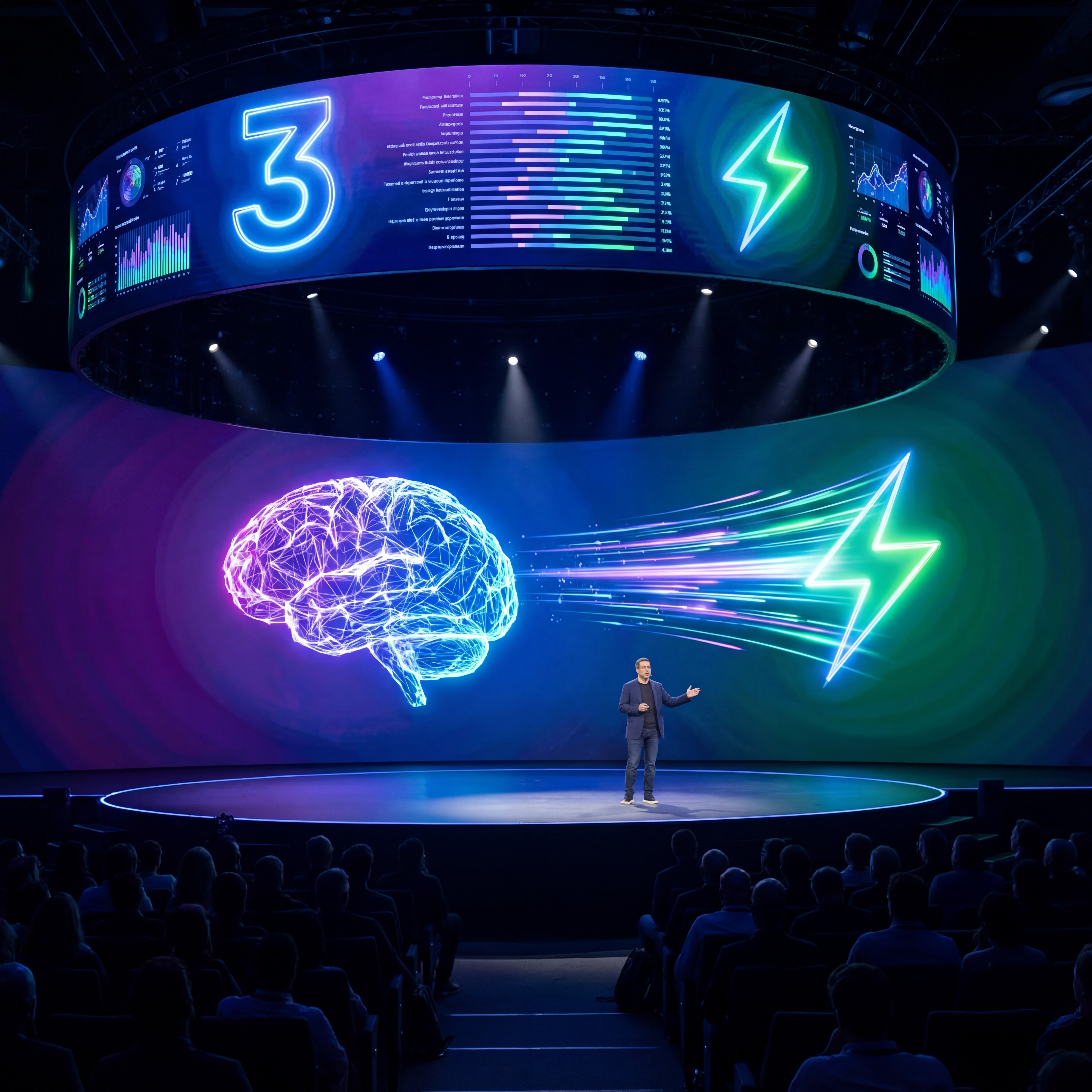Saudi Arabia is once again pushing the boundaries of architectural ambition and technological innovation with Oxagon, a revolutionary $33 billion floating city under construction in the Red Sea. Part of the kingdom’s ambitious NEOM megaproject, Oxagon is set to become the world’s largest floating structure, designed to transform how cities are built, powered, and lived in. With its futuristic vision, sustainable foundation, and unparalleled scale, Oxagon is more than just a city—it’s a bold statement about the future of human civilization.
The scale of the project alone is staggering. The $33 billion investment is equivalent to building around 20 Burj Khalifa towers simultaneously, reflecting both the financial might and the transformative aspirations behind it. Situated along Saudi Arabia’s northwest coastline, Oxagon will extend out into the Red Sea in a sprawling octagonal design that maximizes efficiency, connectivity, and liveability. Its unique floating infrastructure will allow it to blend seamlessly with the surrounding marine environment, positioning it as a global icon of futuristic urban development.
At its core, Oxagon is intended to be a hub of advanced technology and sustainable industry. Unlike traditional industrial cities, which are often associated with pollution and heavy carbon footprints, Oxagon is designed to run on 100% clean, renewable energy. This aligns with Saudi Arabia’s broader Vision 2030 strategy, which aims to diversify the economy, reduce dependence on oil, and establish the country as a leader in green technology. Wind, solar, and hydrogen will form the backbone of the city’s energy ecosystem, ensuring that every operation, from factories to homes, runs on sustainable power.
The city will be a centerpiece for smart manufacturing and green logistics. Advanced robotics, AI-powered systems, and digital twins will automate industrial processes, making Oxagon a model of Industry 4.0 integration. From precision engineering to biotechnology, the city aims to attract global companies that are focused on next-generation technologies. By blending state-of-the-art industry with sustainability, Oxagon seeks to redefine what an industrial hub can look like in the 21st century.
But Oxagon is not just about industry—it is also being built with people at the heart of its vision. Unlike traditional industrial zones, which are often separate from residential areas, Oxagon is being designed as a fully integrated urban ecosystem. It will feature modern housing, schools, hospitals, cultural venues, and entertainment districts, creating a live-work-play environment that prioritizes quality of life. This integration is meant to foster vibrant communities where innovation, collaboration, and social life thrive side by side.
From a logistical perspective, Oxagon is also strategically positioned. Its location along the Red Sea places it at the crossroads of major global shipping routes, connecting Asia, Europe, and Africa. Plans include the development of a fully automated port and logistics system, making Oxagon one of the most advanced trade hubs in the world. With AI-managed shipping and zero-carbon port operations, it will set new standards for global commerce.
Perhaps one of the most striking aspects of Oxagon is its design philosophy. By floating partially on the sea, the city will minimize its footprint on the land while maximizing access to marine resources. Engineers envision an urban layout that not only reduces environmental impact but also actively promotes ecological restoration. Aquatic habitats around the city will be preserved and monitored, making Oxagon a showcase for urban-marine coexistence.
Culturally, the city is designed to be global in scope but deeply rooted in the identity of Saudi Arabia. The NEOM initiative as a whole—including its better-known sibling project, The Line—represents a broader reimagining of what cities can achieve. While The Line focuses on creating a linear smart city powered by AI and clean energy, Oxagon represents the industrial and economic backbone of the megaproject. Together, they highlight Saudi Arabia’s ambition to lead the world into a new era of sustainable, technologically advanced urbanization.
The scale and ambition of Oxagon are not without challenges. Building the world’s largest floating city requires not only cutting-edge engineering but also massive global cooperation. Environmentalists have raised concerns about the potential ecological impact of constructing such a massive structure in the Red Sea, one of the world’s most biodiverse marine environments. Balancing rapid development with environmental stewardship will be critical to Oxagon’s credibility as a sustainable city.
Economic challenges also loom. With oil revenues still serving as a primary funding source for Saudi Arabia, skeptics question whether projects like Oxagon can truly represent a shift away from fossil fuel dependence or whether they are fueled by it. Additionally, attracting global businesses and residents to a brand-new city in a developing region will require significant incentives, trust, and long-term planning.
Yet, if successful, Oxagon could reshape how the world thinks about urban design. It would prove that industrial development and environmental responsibility are not mutually exclusive, and that megacities can be both technologically advanced and ecologically mindful. Its floating infrastructure could also serve as a model for future cities in coastal regions threatened by rising sea levels, offering a blueprint for climate-resilient urban living.
In many ways, Oxagon symbolizes a profound rethinking of human settlements in the modern age. It asks fundamental questions: Can cities of the future operate without fossil fuels? Can industry coexist with sustainability? Can technology be harnessed not only for profit but also for the long-term well-being of people and the planet?
For now, Oxagon remains under construction, a vision slowly taking shape on the Red Sea. But even in its early stages, it has already captured global imagination. Whether viewed as a bold step toward a sustainable future or as an audacious gamble of oil wealth, Oxagon stands as one of the most daring and transformative projects of our time. If it succeeds, it could mark the beginning of a new era in urban history—where cities are not only centers of human activity but also symbols of harmony between innovation, environment, and ambition.
NEVER MISS A THING!
Subscribe and get freshly baked articles. Join the community!
Join the newsletter to receive the latest updates in your inbox.





